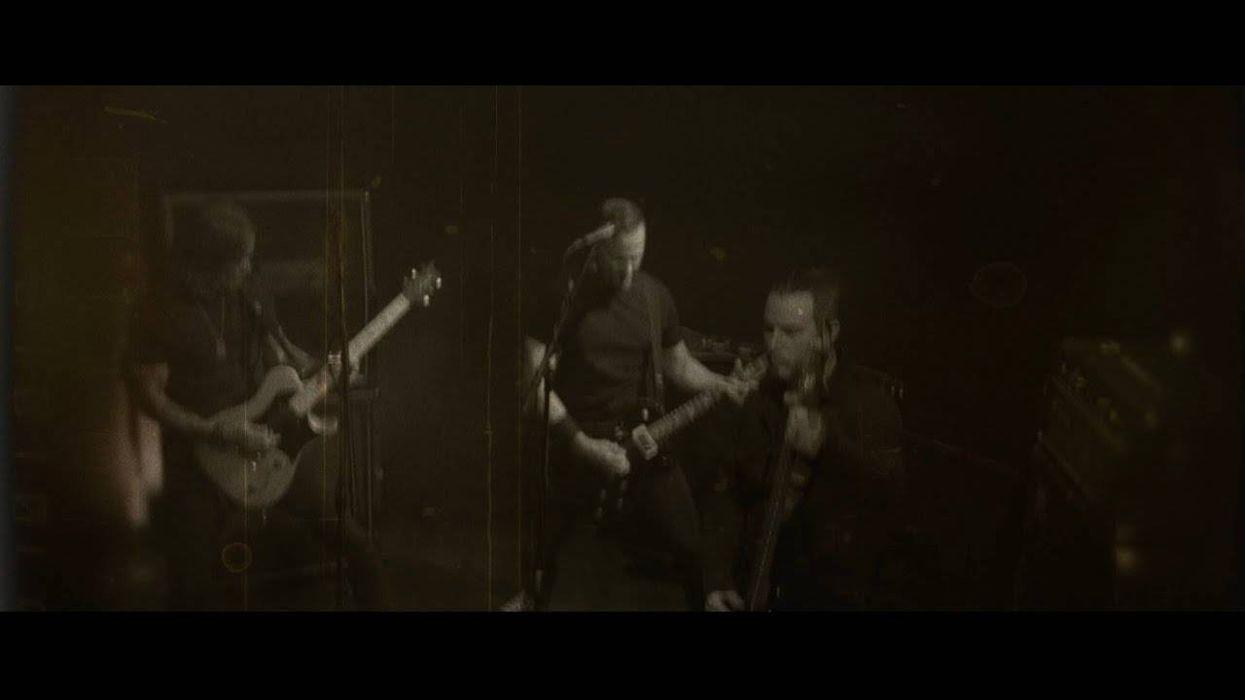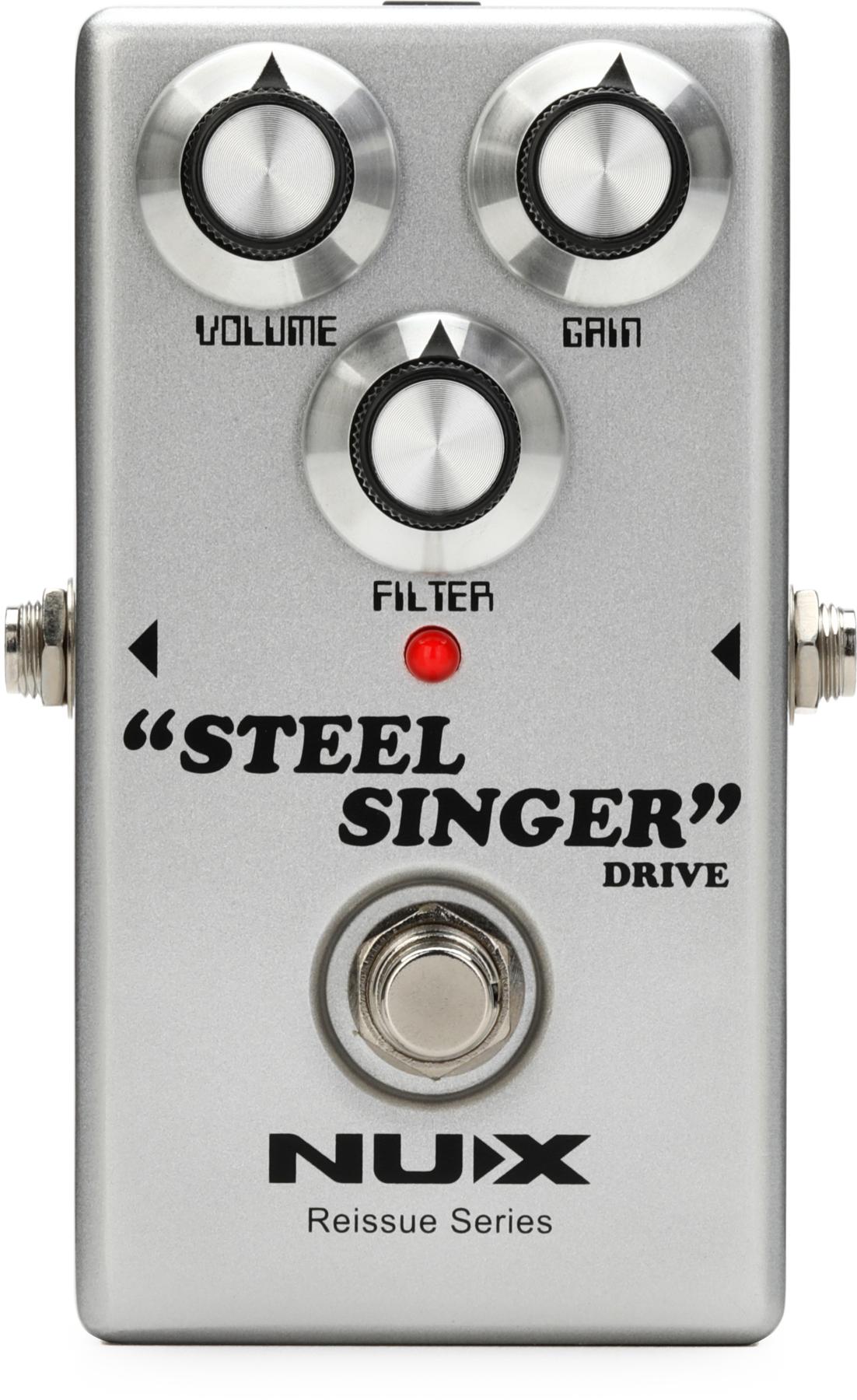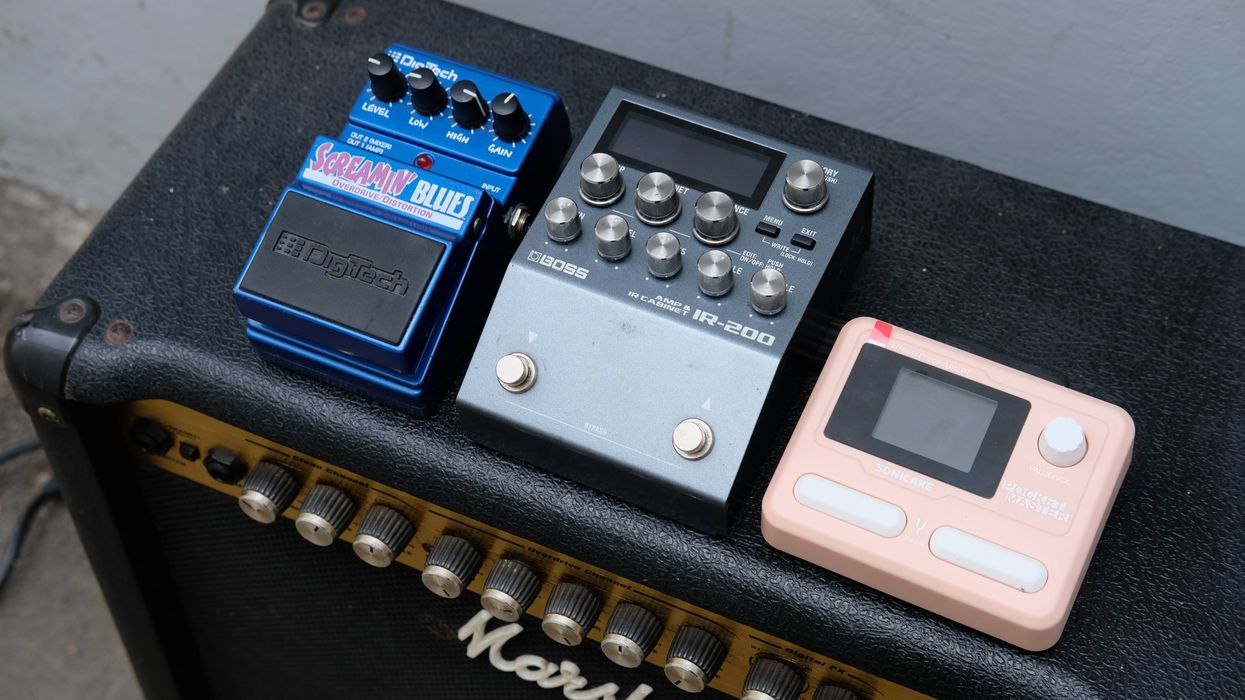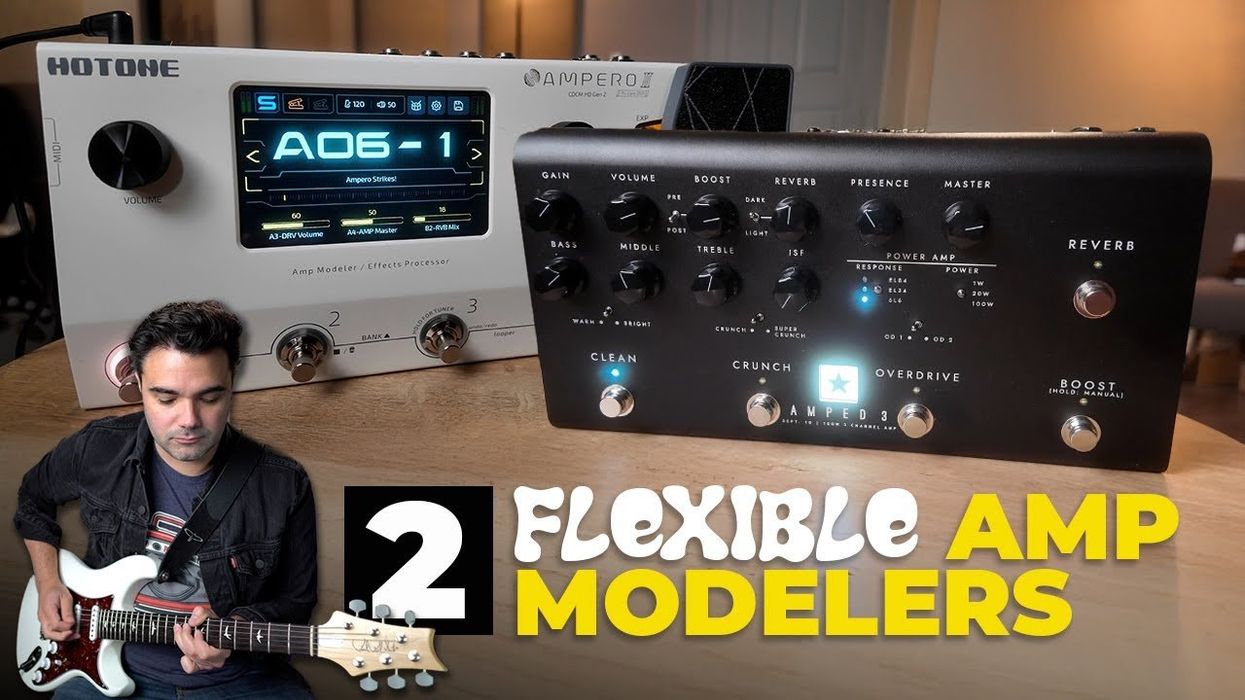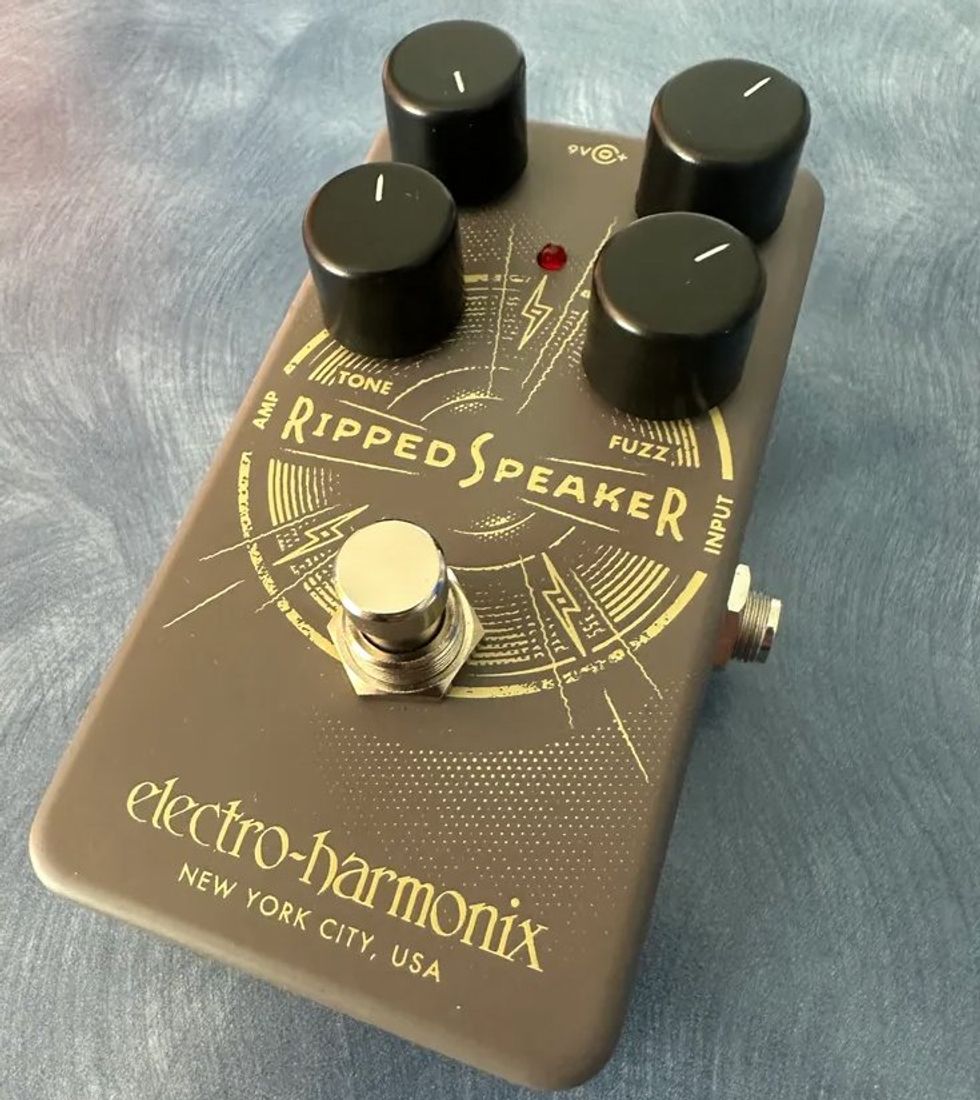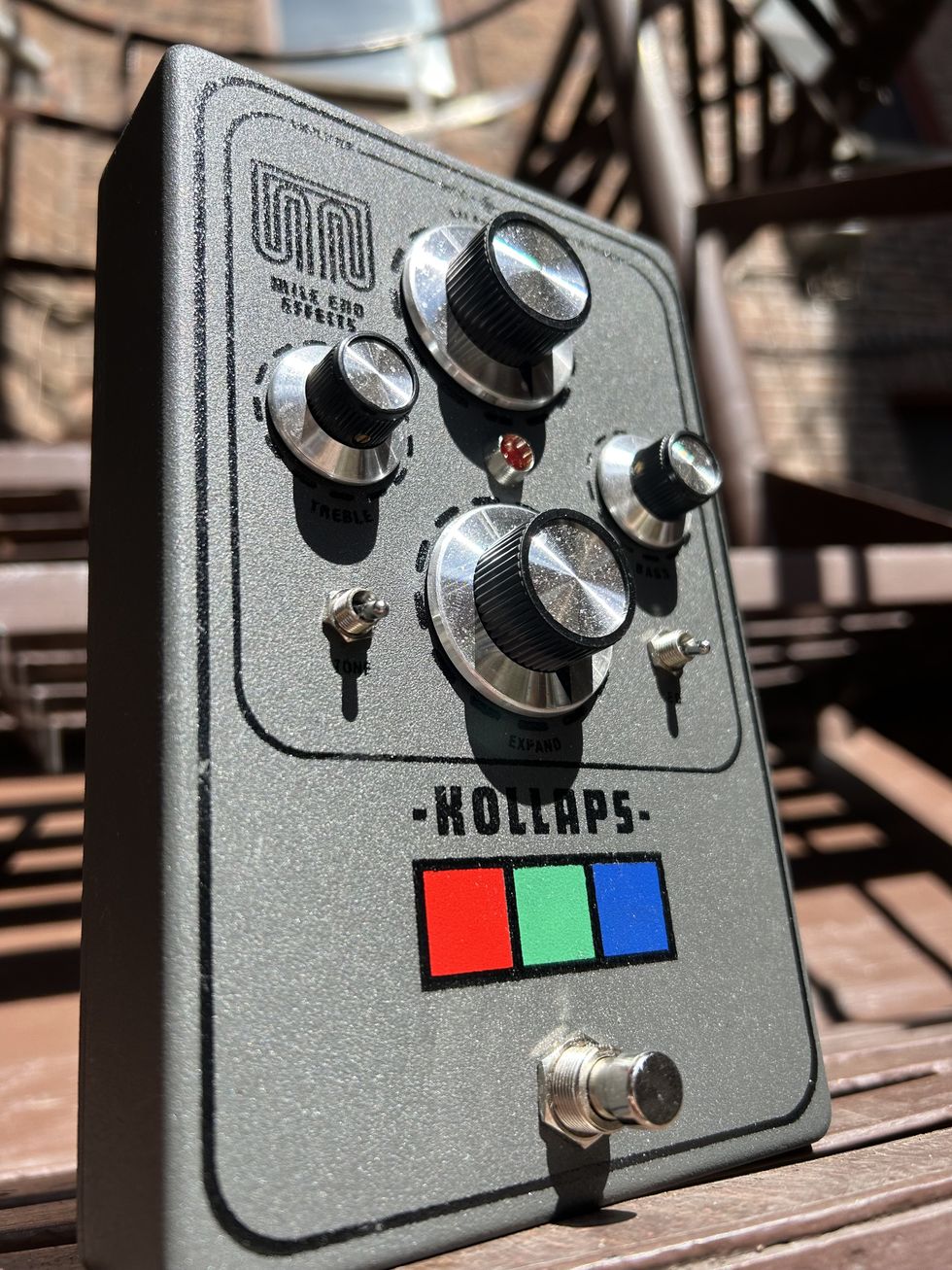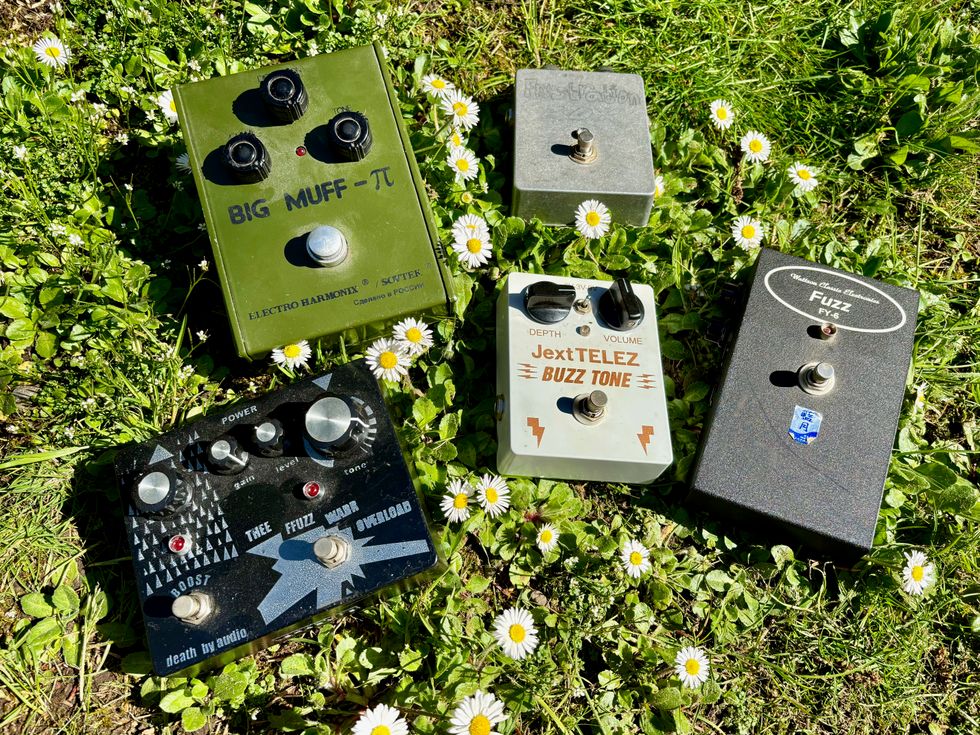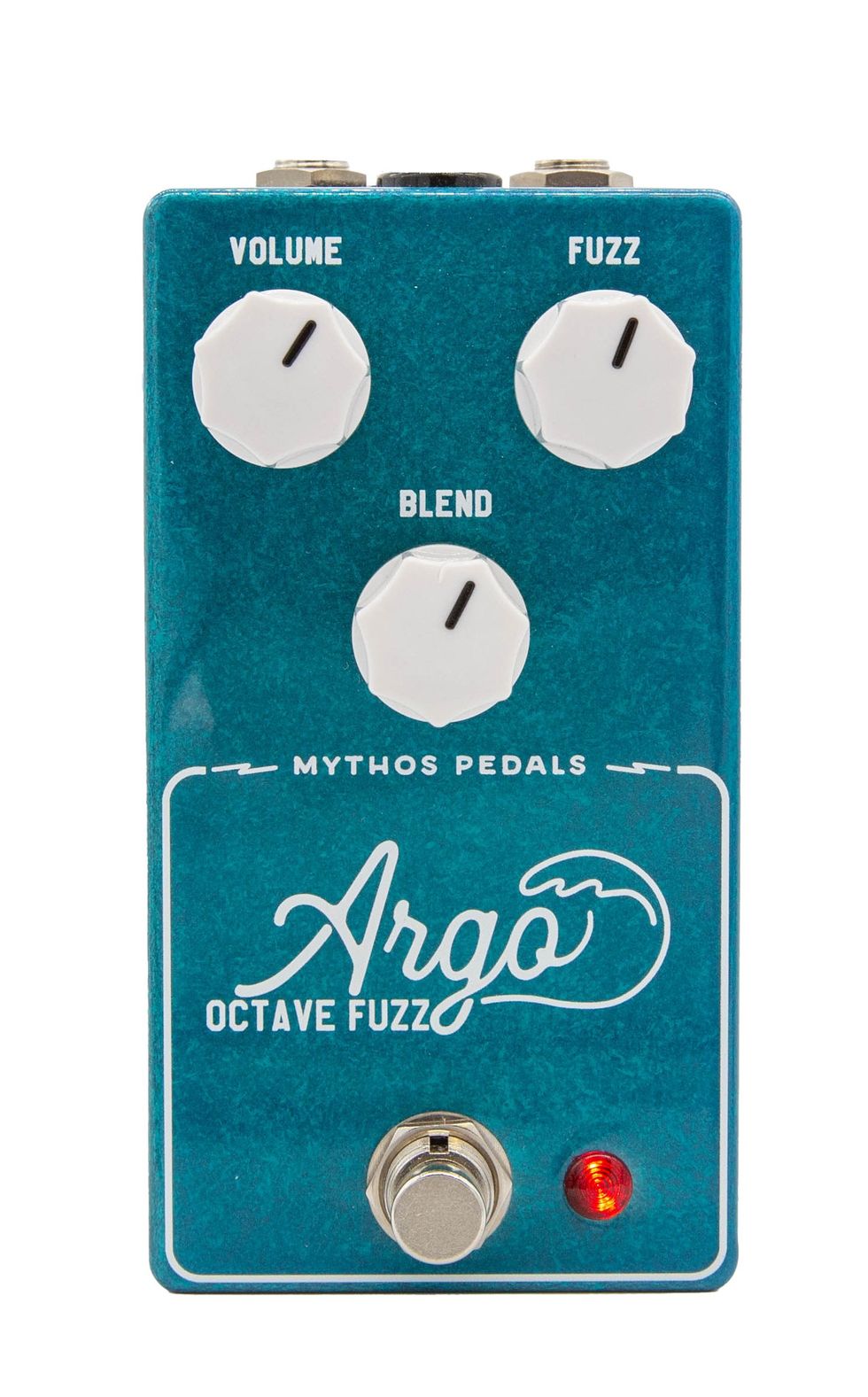In its most basic form, a minor blues can sound quite vanilla. In this lesson, we’re going to look at several simple techniques you can use to create more tension and interest in your comping. Let’s dig in with a basic progression shown in Fig. 1. This is in the key of G minor and uses a I–IV–I–V–I pattern. We will go over four different techniques to beef up this progression and turn it into something more original.

Chops: Intermediate
Theory: Intermediate
Lesson Overview:
• Learn the principles of
backcycling.
• Develop more interesting blues
progressions.
• Create embellished chord
voicings using proper
voice-leading.
The first option is adding embellishments to each chord. In previous lessons we have talked about adding 7ths, 9ths, 11ths, and 13ths to each chord, as well as altering the 5th and 9th on dominant chords. If you need a refresher, check out “Liberating Blues Changes” in the January 2012 issue of PG.
I won’t get into it here, but understand that you can embellish all the chords in a blues. This also allows us to choose from an arsenal of voicings that will take our playing and sound to the next level. A quick-anddirty way to implement this right away is to add the 7th to each chord, therefore turning a Gm into a Gm7 and a Cm into a Cm7. Easy, right?
The next technique we will discuss is called backcycling. This concept could merit several articles on its own, but at the moment we don’t have the space for an indepth study of the theory. Here is a quick overview: Any chord can be preceded by its dominant chord or the corresponding IIm-V7 chord. For example, in the key of C we can put either a G7 (the dominant) or a Dm7-G7 (the IIm–V7) in front of the C.
These chords can also be called secondary dominants. If you have an Am7 or an Am7#5, you can change either one to an A7 to create a stronger V–I motion. If you have a vamp in G minor you can put some form of D7 before any Gm chord to create some interesting harmonic motion. These techniques can be used to create both interesting comping and great arrangements. Fig. 2 shows a blues progression with some backcycling ideas and a few pretty simple embellishments.
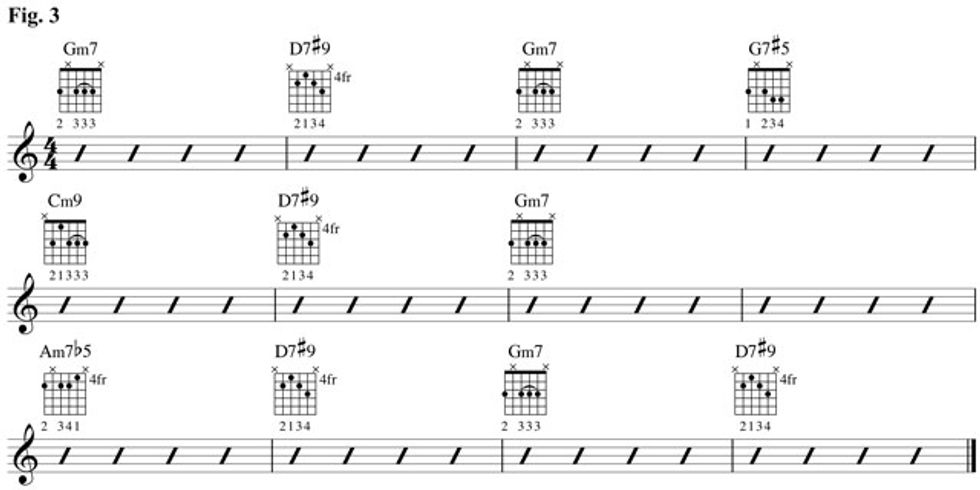
Another option is to use a tritone substitution in place of the secondary dominant. A tritone is an interval of an augmented fourth or a diminished fifth. To quickly find the tritone sub for a chord, simply build a dominant chord with the root a tritone away. For D7, the sub would be A%7. In Fig. 3 I have simply used the previous example and used tritone substitutions for each dominant chord. Notice my tritone subs are also embellished. I’ve also added a simple “Charleston” rhythm to get away from the four-to-the-bar feel.
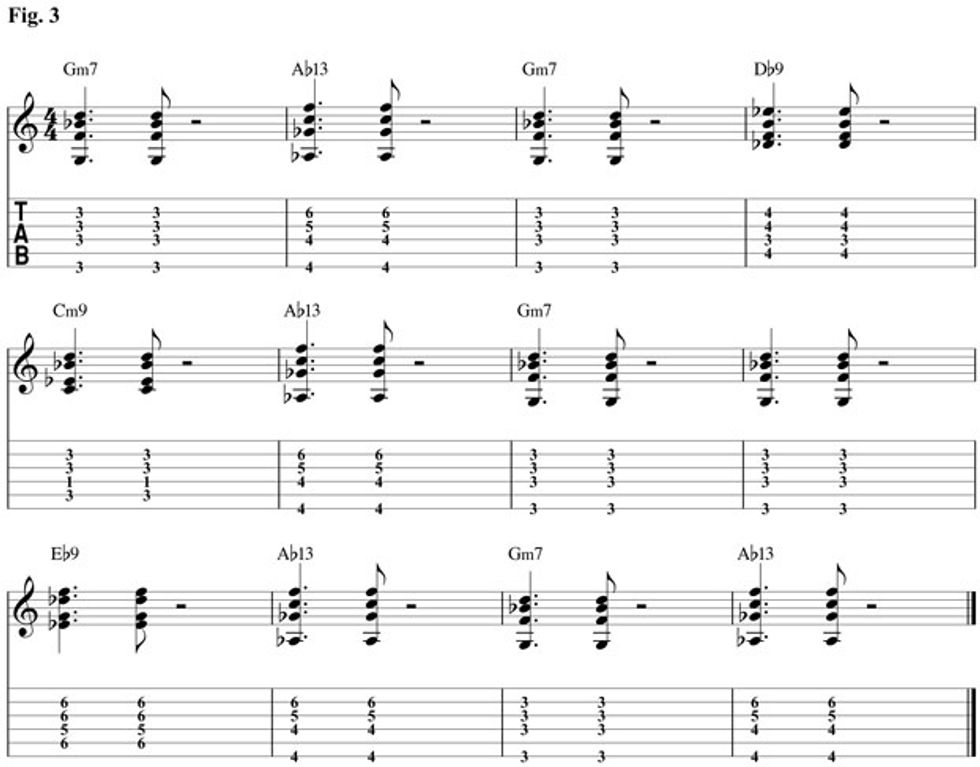
The final option is to increase the dissonance and voice-leading between chords by adding even more embellishments and alterations, and using different voicings. In Fig. 4, we can use chords that contain 9ths, 11ths, 13ths and any alterations of the 5th and 9th. I’ve also added some more interactive rhythms to this example.
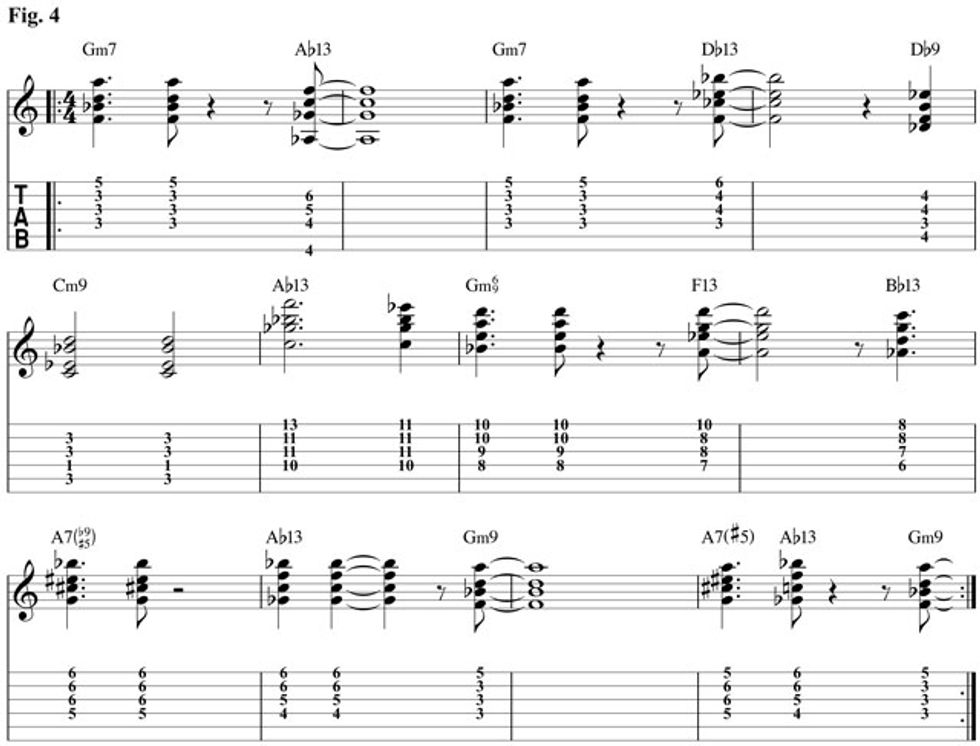
At this point, you can hopefully see that you can backcycle as much as you want—as long as it sounds good. It definitely helps to write several of these types of progressions out by hand. This process will help you visualize and understand these techniques, and after a while you should be able to do more of this on the fly. Spontaneous embellishment and reharmonization is the mark of a deep musician.
 Corey Christiansen
Corey Christiansen Corey Christiansen, a former senior editor and guitar clinician for Mel Bay Publications, is known for his fluid jazz improvisation and instructional chops. He teaches full-time at Utah State University and is an Artist-in-Residence at the Jacobs School of Music in Bloomington, Indiana, the Atlanta Institute of Music, and the Broadway Music School. To learn more about his CDs and DVD, and see his current workshop and performance schedule, visit coreychristiansen.com. Photo by Jimmy Katz



